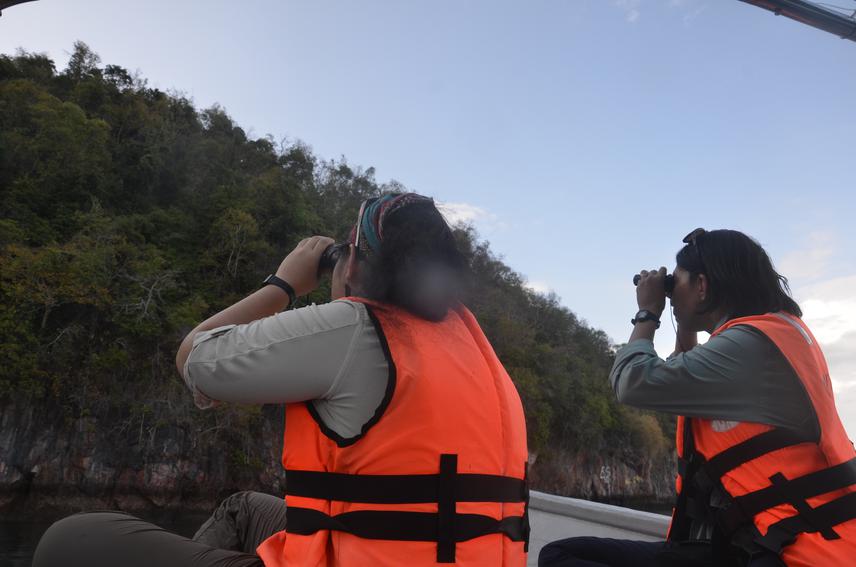Social media video featuring the project.
Sheema Abdul Aziz
Other projects
2 Jul 2018
Project Pteropus Phase 2: Understanding Bat-Plant Interactions to Protect Ecosystems in Peninsular Malaysia
25 Feb 2020
Project Pteropus Phase 3: Understanding Bat-Plant Interactions to Protect Ecosystems in Peninsular Malaysia
Understanding the role of flying foxes (Pteropus spp.) in forest ecosystems and people’s lives, and promoting co-existence between fruit bats and humans in Peninsular Malaysia.

Fruit bats (Pteropodidae spp.) such as flying foxes (Pteropus spp.) are under severe threat in Peninsular Malaysia due to hunting (for food and medicine) and extermination (as agricultural pests). They are often viewed negatively, and are not charismatic flagship species, so there is little motivation to conserve them. Yet the decline of flying fox populations could have serious implications for Malaysia’s forest ecosystems, as well as people’s livelihoods and wellbeing – particularly on tropical islands. This is an especially urgent issue as flying foxes still do not have total legal protection in Peninsular Malaysia. Ecologists know that pteropodid bats provide important ecosystem services through seed dispersal and pollination. However, how can we document these processes and their specific benefits to people, and use these data to argue for protection of flying foxes and other fruit bats? How do we communicate this information to policymakers and local communities? Can fruit bats and humans co-exist in peace?
By studying the Island Flying Fox (Pteropus hypomelanus) on Tioman Island, this PhD project aims to answer these questions and provide baseline data to support the long-term goal of conserving pteropodid bats in Peninsular Malaysia. It has a strong applied conservation approach, utilising both ecological and social studies:
i) Examining pollen and seeds in faecal samples to determine the diet of this flying fox species on the island, and its potential role in pollination and seed dispersal
ii) Monitoring phenology of wild figs (Ficus spp.) in the forest, and cultivated fruit trees in villages, to determine food availability
iii) Camera-trapping flowering durian (Durian zibethinus) trees in village orchards to document animal visitors and their role in the tree’s pollination ecology
iv) Conducting seed germination experiments to understand the possible role of Malaysian flying foxes as long-distance seed dispersers
v) Employing questionnaire surveys to discover local villagers’ experience and knowledge of flying foxes, and any conflict issues